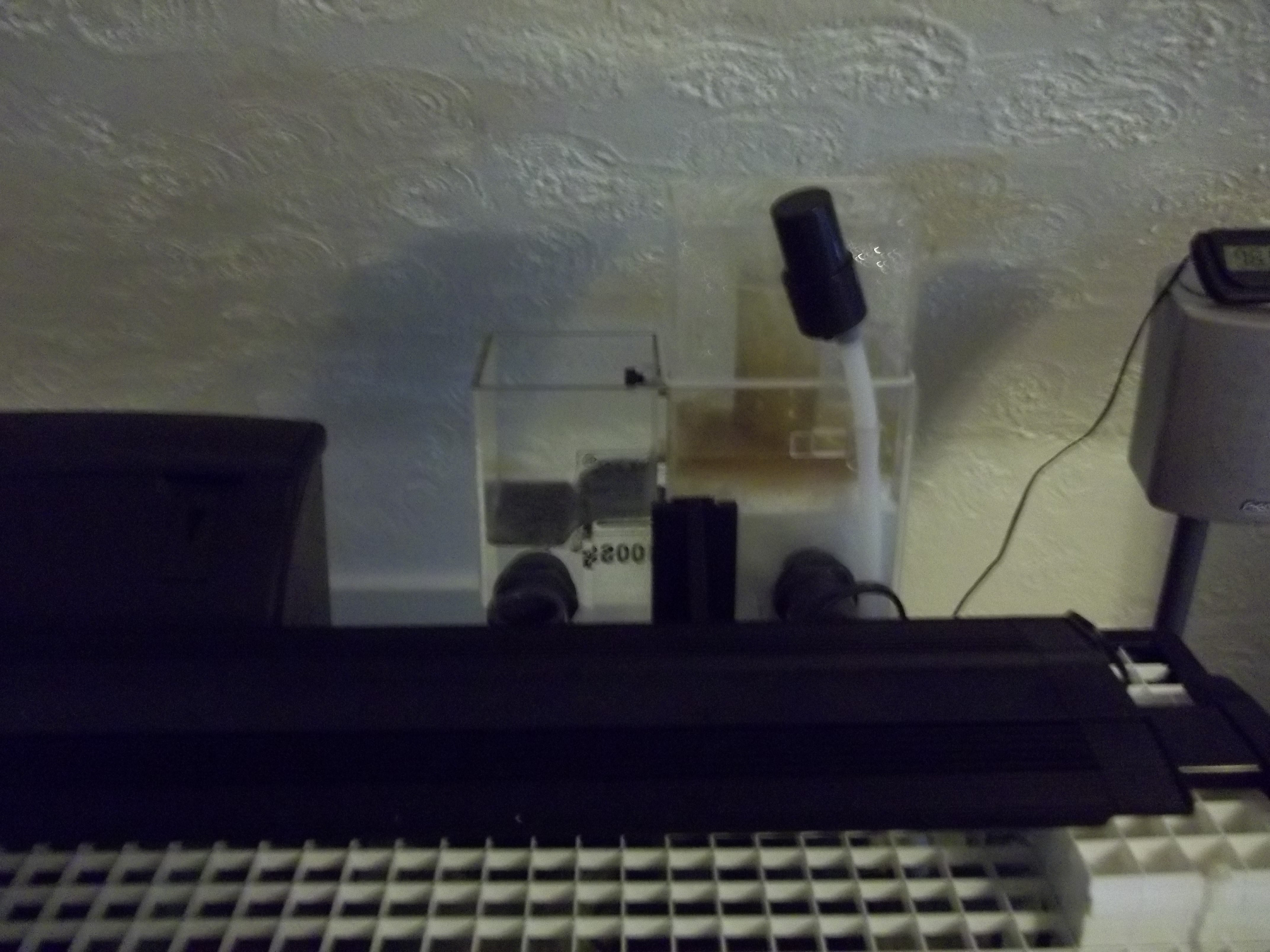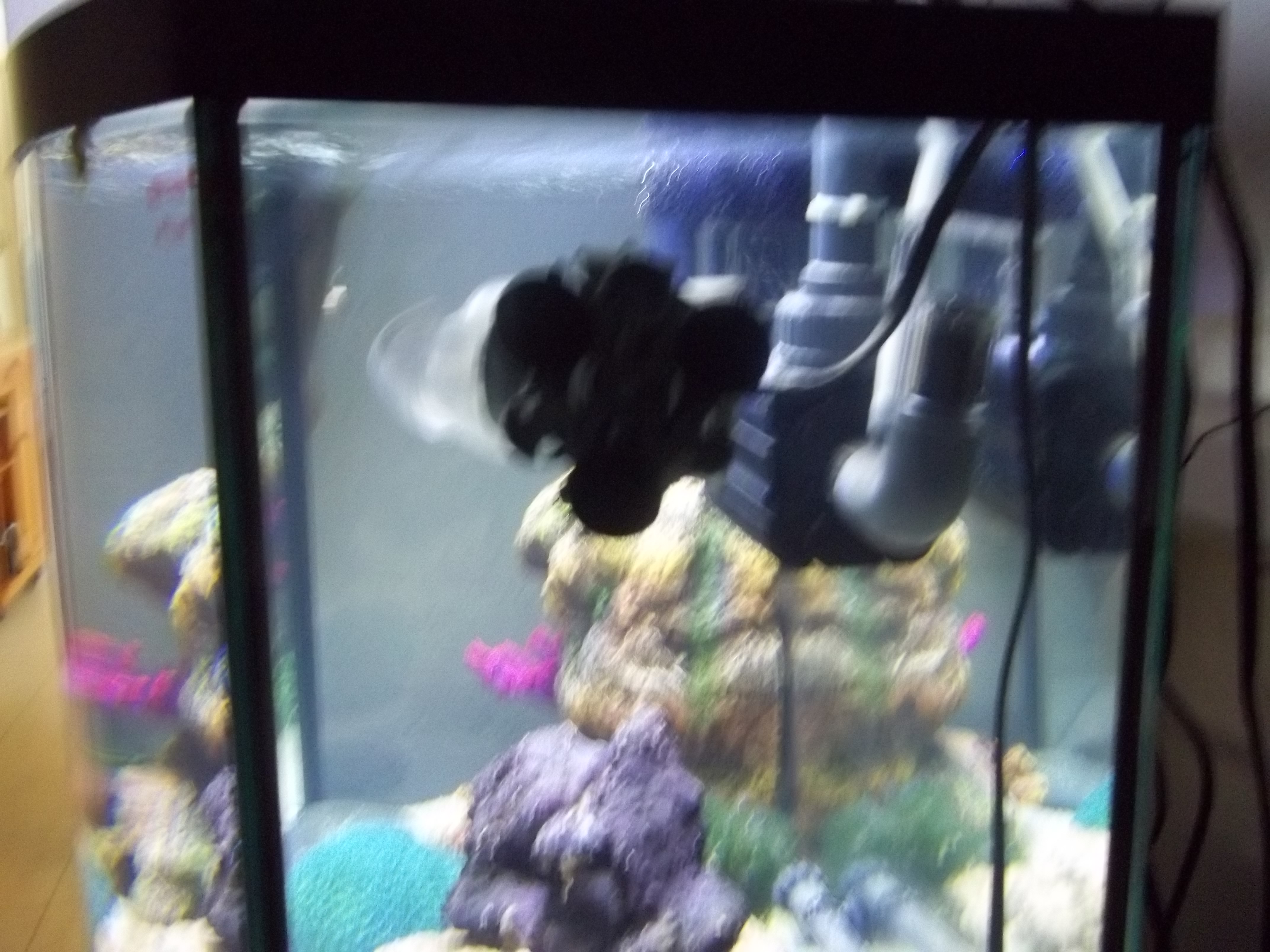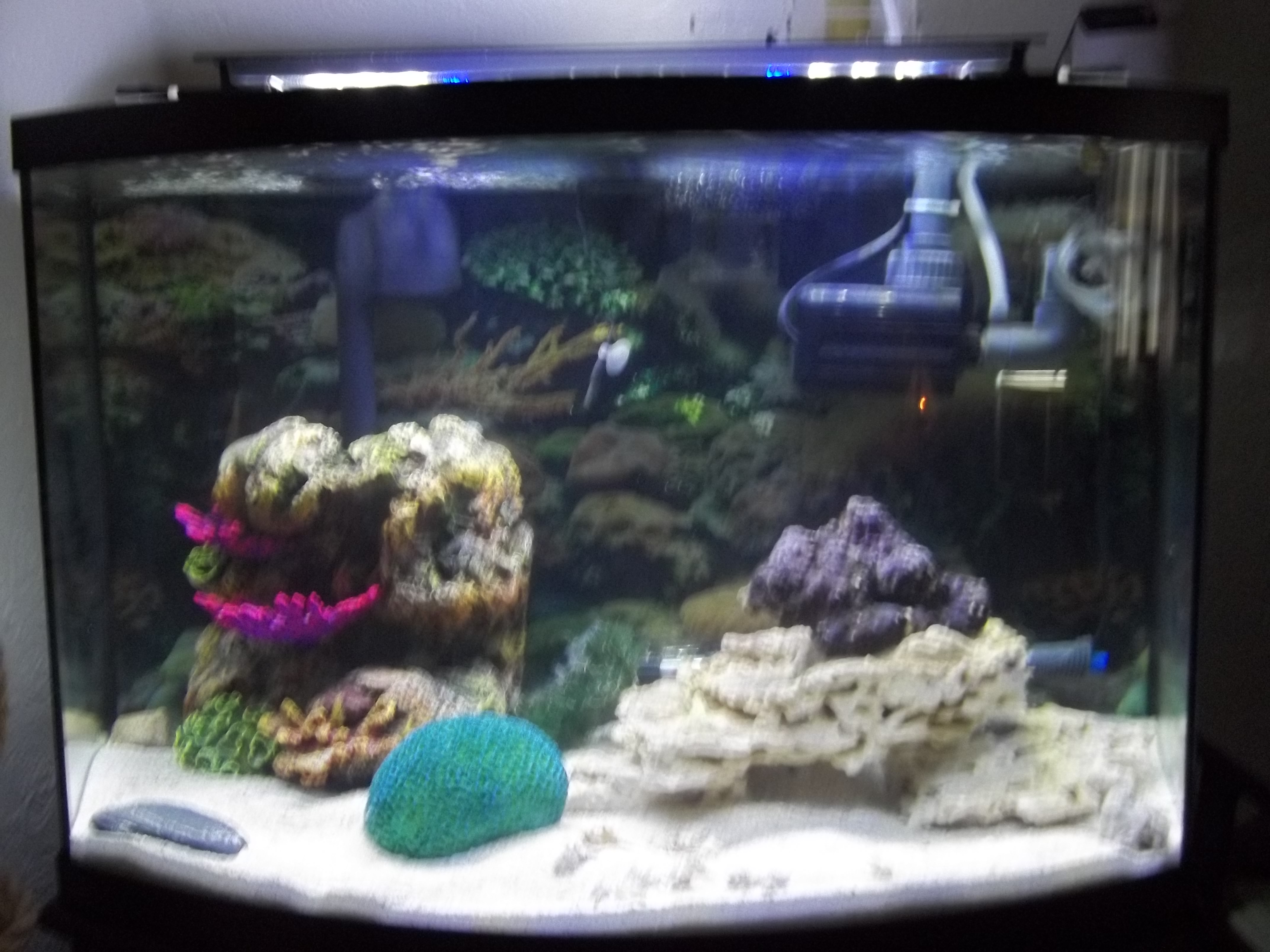2quills
Well-Known Member
Flower,
How much skimmate are you removing on a regular basis?
How much macro do you already have in the system.
What you need to consider is that other peoples situation may be different than yours.
A week in not long enough to see any major difference if your skimmer isn't carrying a large load to begin with.
How much skimmate are you removing on a regular basis?
How much macro do you already have in the system.
What you need to consider is that other peoples situation may be different than yours.
A week in not long enough to see any major difference if your skimmer isn't carrying a large load to begin with.



